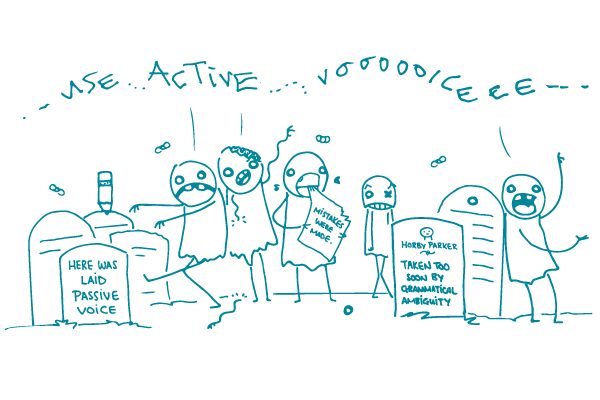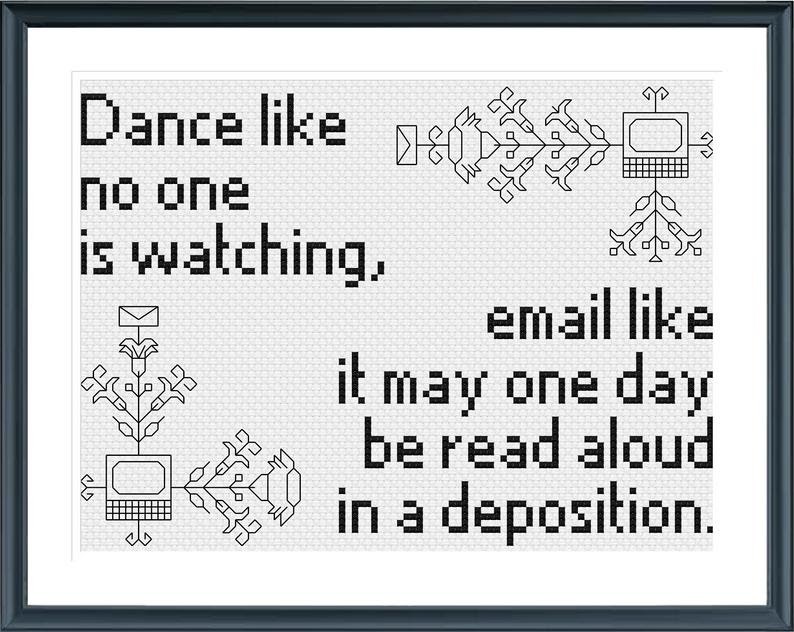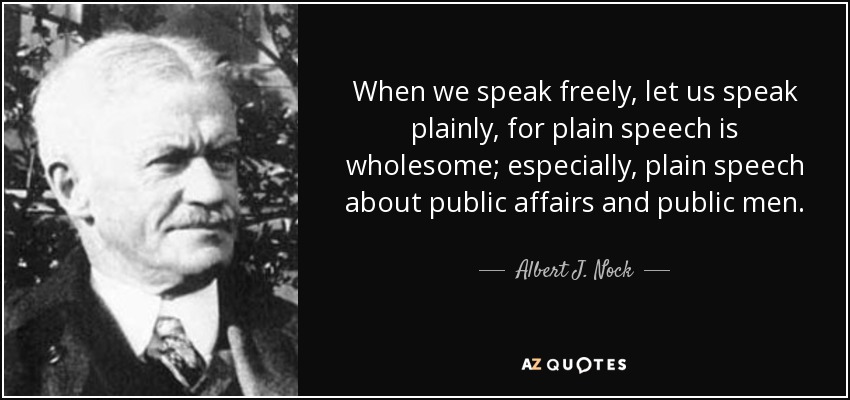7 “Plain Language” Tips for Local Government Communicators
About a week and half before Governor Newsom shared plans for a statewide residential eviction moratorium, one of our city clients had already begun implementing it themselves. This is a complicated, evolving situation that affects a large number of people: over the course of the past month, there has been a steady stream of public orders, amendments, and updates to rules and implementation measures as the City has expanded protections to both renters and landlords beyond the statewide order.
In situations like these, communicating in plain language has been a crucial guide for the City–who is creating the bulk of the content–and Tripepi Smith–who is translating that content into social media posts and webpage updates. For the Public Information Officers (PIOs) and Communication Managers reading this, we are sure you are dealing with similar situations in your own agencies. So, we hope this piece leaves you with some pointers on helping your audiences understand your messaging the first time they read or hear it.
Back in 2010, the federal government passed the Plain Writing Act: “An act to enhance citizen access to Government information and services by establishing that Government documents issued to the public must be written clearly, and for other purposes.”
You know your written material is in plain language if your audience can:
- Find what they need,
- Understand what they find, and
- Use what they find to meet their needs.
Writing in plain language does not mean writing unprofessionally or “dumbing down” your message. Using plain language is just good customer service–it makes life easier for the public. If the public doesn’t understand your message, then your staff is going to spend extra time answering phone calls and questions on social media, writing extra letters/documents, or (worst-case scenario) litigating.
7 Plain Language Techniques
1. Use common, everyday words whenever possible

- Your audience may not have a large vocabulary. Or English may not be their first language.
- Focus on simplifying your verbs and nouns.
- Avoid noun strings like: Underground mine worker safety protection procedures development
- Avoid hidden verbs like: Please make an application for a personal loan
1a. Avoid acronyms or at least explain them first

At Tripepi Smith, we have a saying that local government communicators are “the 3%.” We’re the sliver of the population that understands what it means that your COG has been talking to your AQMD about CEQA reports. If you need to use acronyms, at least spell them out the first time you use them. (See paragraph 2 in this piece!)
2. Shorten your sentences

- If a reader has to pause too many times, you risk losing them. You want your sentences to be short, direct and clear.
- Aim for 1 idea per sentence, which may mean 20-25 words maximum per sentence and 3-8 sentences per paragraph. (These are not hard rules, just helpful guidelines.)
3. Speak to the reader directly
- Talk to your reader to avoid pronoun confusion.
- Talk to your reader for personalization.
- Helps you avoid controversy of using “him” or “her.”
4. Use active voice, not passive voice
- Active voice = the subject of the sentence comes first and performs the action the rest of the sentence describes. This is the most straightforward way to present your ideas. It creates a clear image of who is doing what.
- Passive voice reverses the word order to make the object and the action come first. It puts the subject at the end of the sentence.
- Fun exercise: If you can add “by zombies” to the end of the thought/sentence, it’s passive voice. “I really love this dog” vs. “This dog is really loved…by zombies.”

5. Relevant info only/first

- Use the “inverted pyramid” to lay out your messaging, especially on the web.
- People tend to read content at the top of a webpage and lose interest quickly if the information doesn’t seem relevant to them.
6. Lay out info so it’s easy to read (mostly applies to writing for web)
- Bullet lists are easier to read than paragraphs and will force you to shorten your sentence length.
- Don’t be afraid of white space–it can help the reader’s eyes relax a bit.
- Use headings and subheadings to structure your message. (Remember the inverted pyramid in top #5)
- Use font formatting (bold, italics, underline, etc.) to call out important information. But don’t go overboard formatting everything!
- Aim for lefthand justification. Anyone viewing your messaging on a mobile device (a small screen width) will thank you.
7. Read your writing aloud before publishing it
Reading aloud forces you to question your word choice and your sentence structure.

Bonus #1: tools to help you determine “readability” level:
- Word’s “Spelling & Grammar” feature
- Hemingway Editor
- Grammarly
- WordCounter.net
- Google Doc add-on: SAS Writing Reviser


